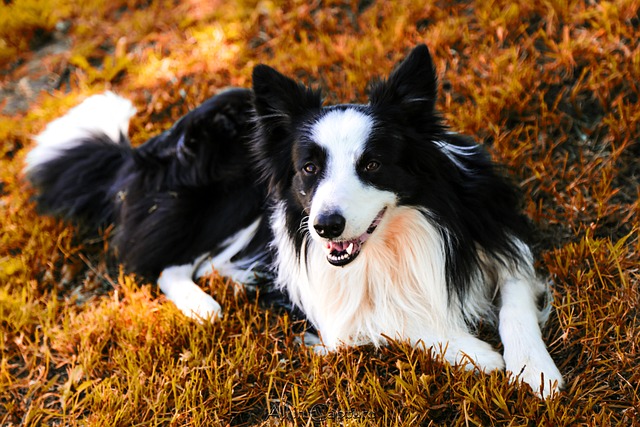
What is the Best Way to Stop a Dog from Barking?
Understanding your dog's bark is key to harmony. Explore the emotional triggers behind their barking and strengthen your bond while finding effective solutions.
When a dog growls and shows its teeth, that threatening posture often makes the owner feel uneasy and confused. As owners, we feel sorry that our dogs might be experiencing some kind of trouble, and we are also worried that their behavior may harm other people or animals. Understanding the reasons behind a dog's growling and showing teeth, and mastering the correct ways to deal with it, is not only to protect the dog's health and safety but also an important opportunity to deepen the emotional bond between us and our dogs.
Dogs don't growl and show their teeth for no reason. This behavior is often a way for them to express their emotions and needs. Fear is one of the most common reasons that trigger such behavior in dogs. When a dog faces a strange environment, people, or other animals, out of the instinct of self-protection, it may growl and show its teeth to warn the other party and try to make the other party stay away. For example, when a stranger comes to the house, or when encountering a larger and more aggressive dog during a walk outside, some timid dogs may react in this way.
Resource protection is also an important factor that causes a dog to growl and show its teeth. Food, toys, territory, etc. are all important resources for dogs. When a dog feels that these resources are threatened, it will defend its "property" by growling and showing its teeth. For instance, when a dog is eating, if someone tries to get close or take away its food, it is very likely to issue a warning to protect its food.
Pain and discomfort can also make a dog irritable. When a certain part of a dog's body is injured or it is suffering from an illness, it may become sensitive due to the pain and growl and show its teeth at the slightest touch. For example, after a dog has a fracture, when the owner accidentally touches the injured limb, the dog will use this way to remind the owner in order to avoid further pain.
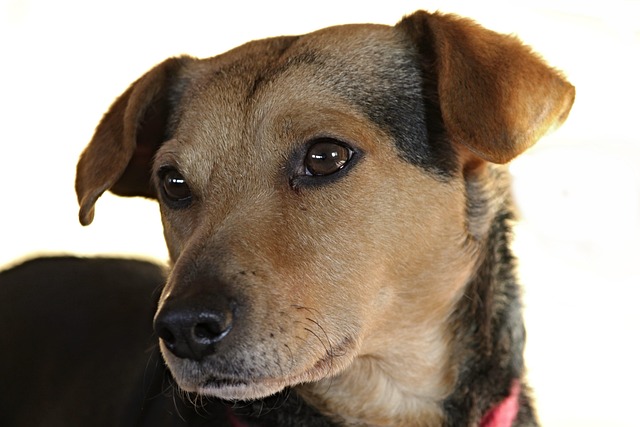 In addition, a dog's lack of socialization and insufficient experience in normal interaction with humans and other animals can also lead to aggressive behavior when facing social situations. These dogs don't know how to express their emotions and needs in an appropriate way and can only respond by growling and showing their teeth.
In addition, a dog's lack of socialization and insufficient experience in normal interaction with humans and other animals can also lead to aggressive behavior when facing social situations. These dogs don't know how to express their emotions and needs in an appropriate way and can only respond by growling and showing their teeth.
When a dog shows the behavior of growling and showing its teeth, it is crucial to stay calm. The owner's nervousness and anxiety will be transmitted to the dog, further increasing its unease. Avoid staring directly at the dog, because in the dog's world, a long stare is regarded as a provoking behavior, which may trigger a more intense reaction. At this time, communicate with the dog in a gentle tone, soothe it softly, and let it feel your kindness. At the same time, slowly step back to give the dog enough space and avoid further stimulating it.
For a dog that growls and shows its teeth due to fear, don't force it to face the thing that scares it. Instead, guide it step by step to help it build confidence. For example, you can let the dog observe the object it is afraid of from a distance, while soothing it in a gentle tone and giving delicious snacks as a reward. In this way, let the dog gradually associate the thing it fears with positive experiences, thus reducing the fear.
If a dog growls and shows its teeth to protect its resources, don't forcibly snatch its food or toys. You can train the dog to make it understand that the owner won't take away its things and learn to obey the owner's commands at the same time. For example, when feeding the dog, first let it sit down and wait for the owner to give the command "eat" before eating. During the dog's meal, you can occasionally put your hand close to the food but don't take it away, so that the dog can gradually get used to the owner's presence while it is eating.
For a dog that growls and shows its teeth due to physical pain, take it to the pet hospital for a check-up and treatment in a timely manner. During the process of going to the hospital, treat the dog as gently as possible, avoid touching the painful part, and give it enough comfort at the same time.
To prevent a dog from growling and showing its teeth, socialization training should start from the puppy stage. Let the puppy come into contact with different people, animals, environments, and sounds to help them establish a correct understanding of the world and learn to deal with various situations in a positive way. At the same time, through positive reinforcement training, let the dog learn to obey the owner's commands and develop good behavior habits.
Every dog is a unique individual, and there are specific reasons behind their behavior. When a dog growls and shows its teeth, don't be in a hurry to punish it. Instead, try to understand its needs and feelings with your heart. Through correct guidance and training, help the dog learn to express itself in a more appropriate way and avoid conflicts caused by misunderstandings. When we successfully resolve the dog's unease and see it regain its calmness and happiness, the relationship between us and the dog will become deeper and more beautiful.

Understanding your dog's bark is key to harmony. Explore the emotional triggers behind their barking and strengthen your bond while finding effective solutions.

Bringing a new puppy home is an exciting time, but the task of potty training can feel overwhelming. Don’t worry—with patience, consistency, and the right approach, you’ll have your furry friend toileting in the right place in no time.
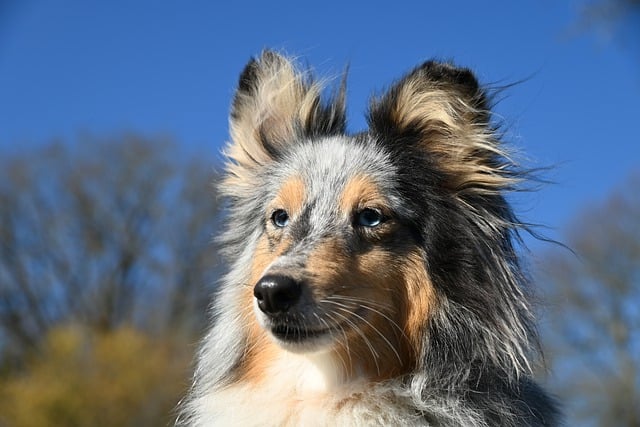
Picture your puppy sniffing every leaf and lamppost on your morning walk—that relentless curiosity isn’t just adorable, it’s biological wiring begging to be harnessed.
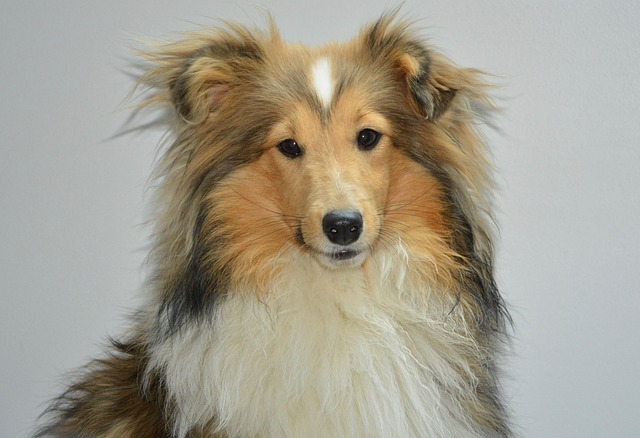
You’re at the local dog park, watching in awe as a Border Collie expertly tracks down a hidden toy. Meanwhile, your own pup seems more interested in sniffing around for dropped snacks.
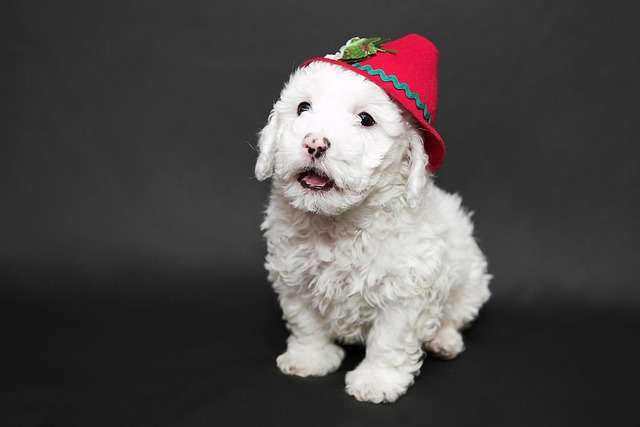
Teaching your tiny furball to lie down isn’t just a party trick—it’s a crucial skill that helps with everything from vet visits to staying safe in public spaces.
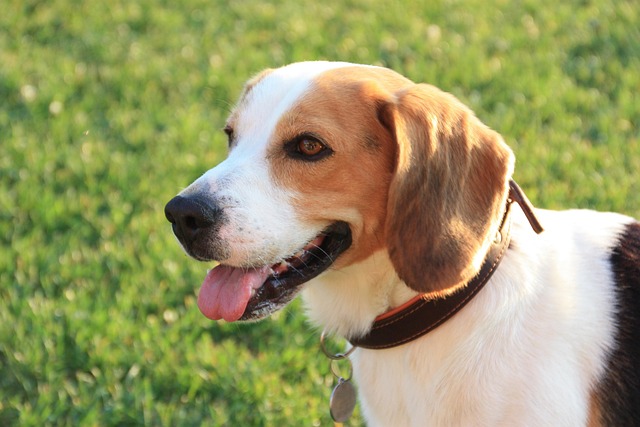
The whirlwind of paws and needle-sharp teeth when you walk through your door is more than chaotic—it’s a liability risk in our lawsuit-conscious society.